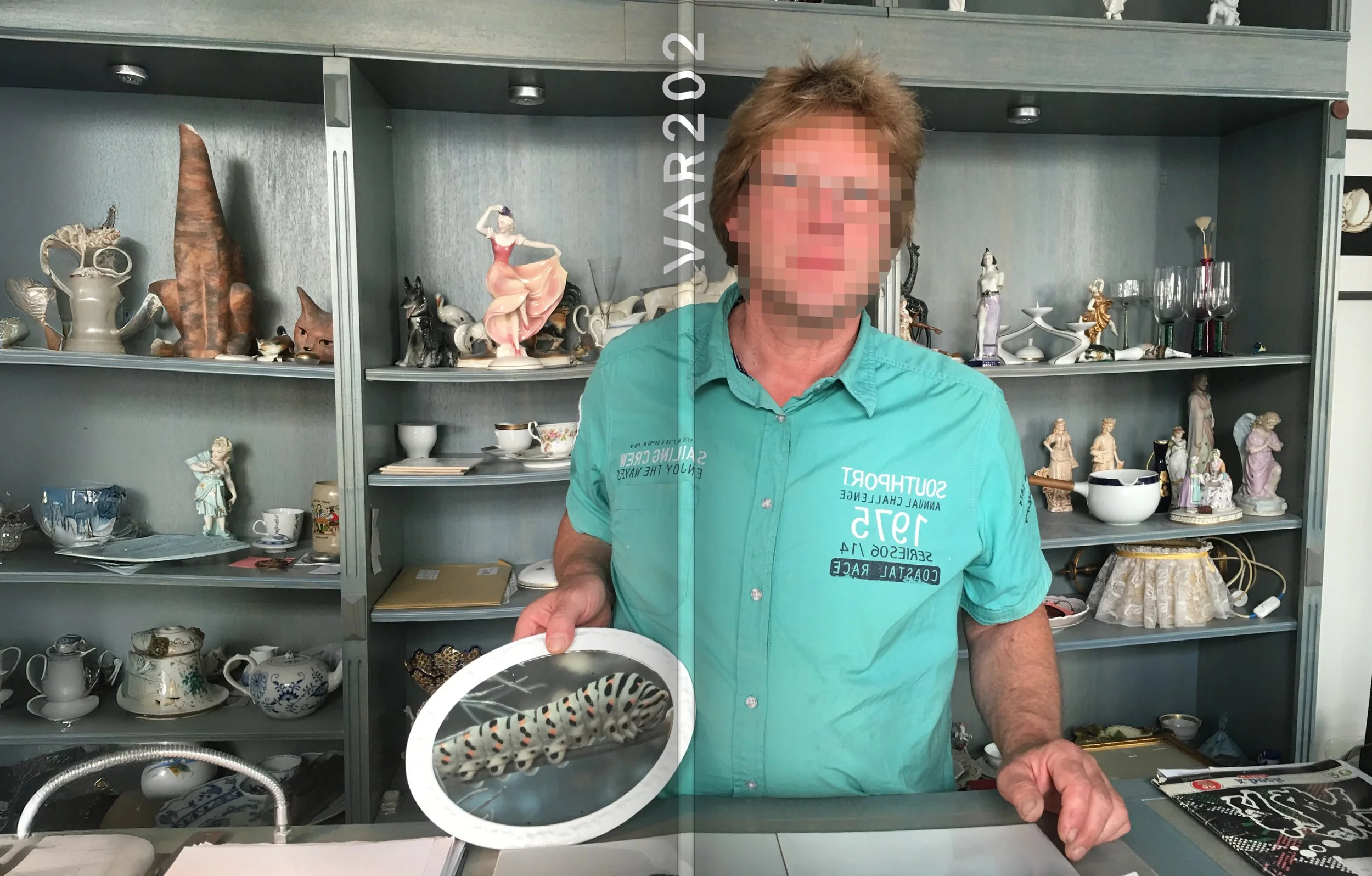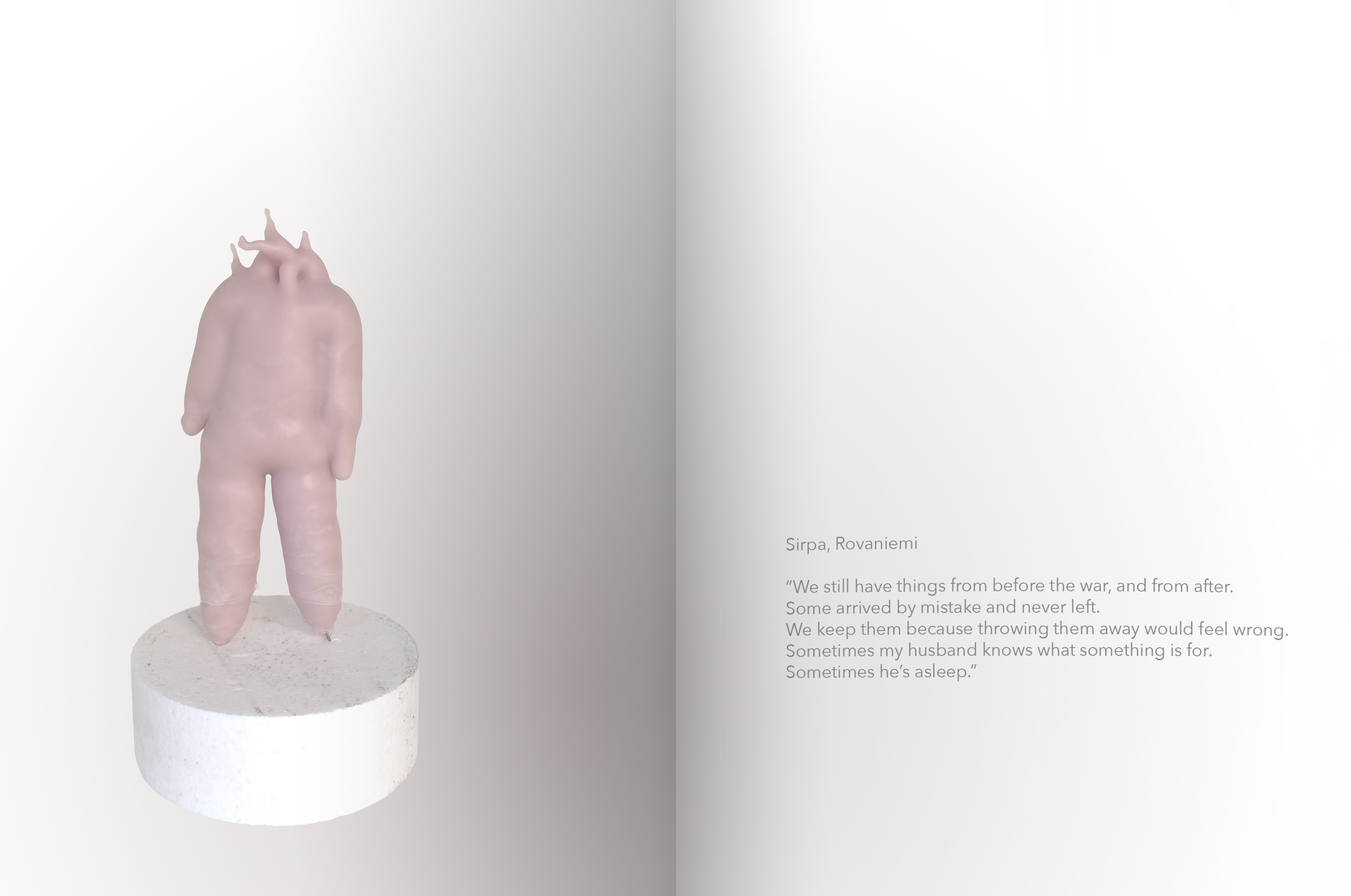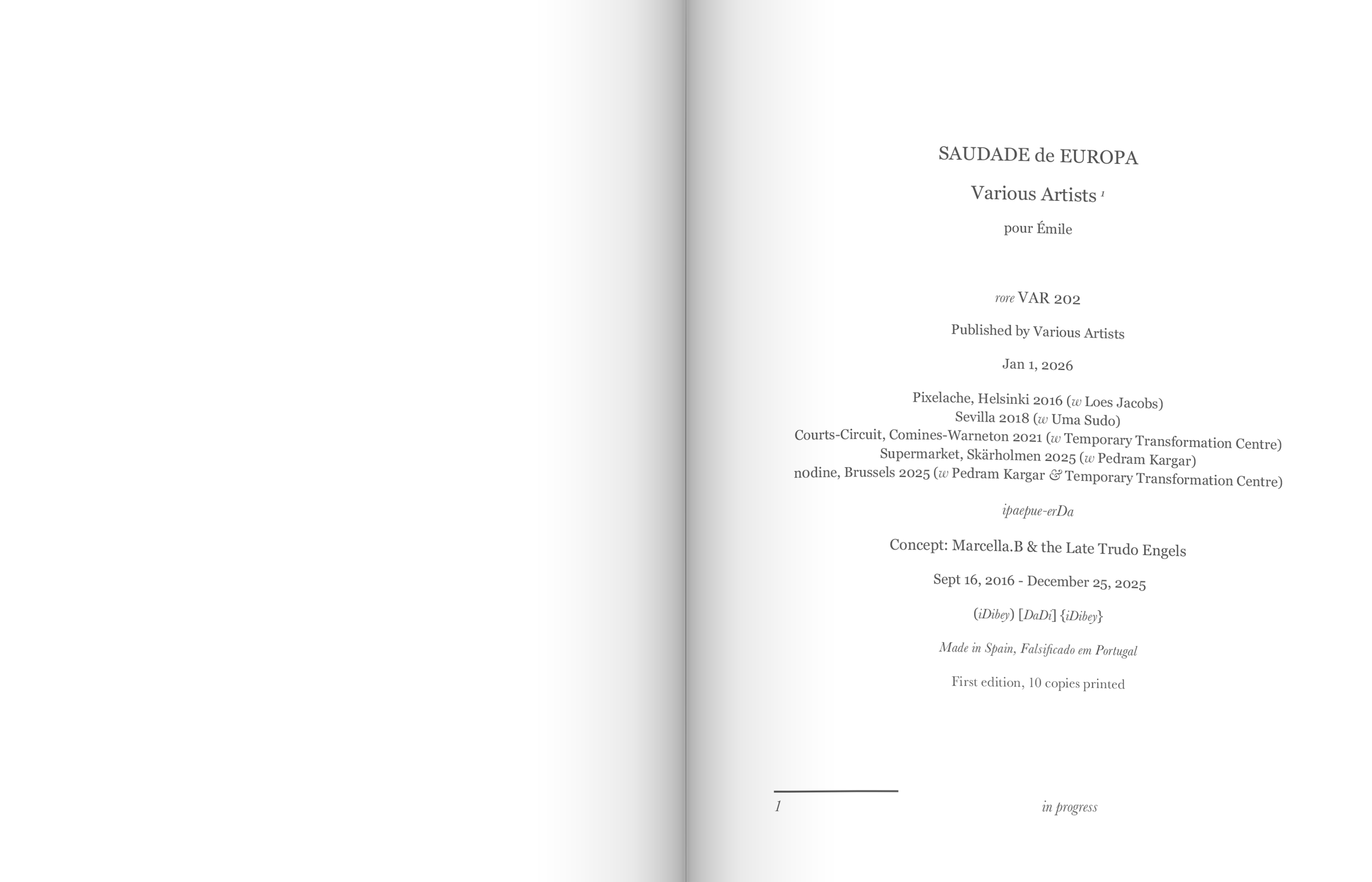with Local Merchants , Loes Jacobs, Pedram Kargar, Temporary Transformation Centre, Uma Sudo & Various Non Humans
6o pages ( available for download )
Saudade de Europa is a poetic exploration of the fifty-year economic evolution of the European continent, examining how globalization reshaped Europe into a predominantly consumer-driven economy. The project unfolds through a series of journeys, each structured as a chapter, in which movement through territory becomes a method of observation, collection, and transformation.
Chapter i (September–November 2016) traces an extended route from Brussels to Helsinki via Magdeburg, Szczecin, Koszalin, Gdańsk, Olsztyn, Riga, and Tallinn. From Helsinki, the journey branches into two internal trajectories: one toward Jyväskylä through Porvoo, Joutsa, Hartola, Sysmä, and Korpilahti; and another northward to Rovaniemi via Pieksämäki, Lapinlahti, and Kuusamo. ( with Loes Jacobs)
Chapter r (March 2018) took place in southern Spain, unfolding between Sevilla and Córdoba. ( with Uma Sudo)
Chapter z (September 2022) was situated in Comines-Warneton, on the Belgian–French border. (with Temporary Transformation Centre)
Chapter h (April 2025) was set in Stockholm. (with Pedram Kargar )
Chapter b (July 2025) showed in n0dine, Brussels. (with Pedram Kargar & Temporary Transformation Centre )
Across these journeys, Various Artists buy, gather, and transform everyday objects and the stories attached to them. The collected goods fall within a broad category of necessities, including clothing, decorative objects, kitchenware, and hardware. What all these artifacts share is saudade—a Portuguese term that resists direct translation, evoking melancholy, nostalgia, a sense of loss, and longing.
The acquired objects, together with the shops in which they are found, transport us to “the good old days,” before shopping malls and online stores. A time when shop owners had the time to connect with customers, and when goods were made locally for attentive, responsive communities. In Saudade de Europa, these “good old days” are not only a memory of the past, but also a speculative future: an alternative to the current neoliberal system and an active affirmation of diversity.
STORYTELLING OBJECTS
The collected products were “processed” on the road in improvised studios such as hotel rooms, pubs, and ateliers. Various Artists’ fictional members applied their preferred techniques to transform these objects into art pieces. Breaking, mending, erasing, and painting were among the strategies used to intervene in these storytelling artifacts, mirroring the economic and material conditions from which they emerged.
Beyond the acquisition and transformation of objects, the life stories of the shop owners formed a crucial layer of the project. Once labeled as petit bourgeois, these figures appeared instead as the final witnesses of centuries-old trading traditions increasingly eroded by neoliberal economic shifts. Their personal trajectories, local embeddedness, and entry into commerce were documented alongside their reflections on a rapidly changing world. Central to these narratives were the pressures of economic precarity, the disappearance of small-scale trade, and the strategies developed to survive within an increasingly hostile market environment.
ONLINE SELLING
To disseminate all the encounters and stories we use contemporary online interfaces, sale sites
as Ebay, Amazon, artfinder.com, etc... ‘ONLINE Selling’ will be the campaign to diffuse our collected stories. The online prices for the objects will be set at the highest level to ensure that the works are not sold, but to lure the online shoppers into our campaign and direct their attention to the related stories.
We use (or hack) the interface of Ebay, Amazon, and others as a form of publishing to reach a specific public of online shoppers and to create an awareness about the disappearing of traditional local shops due to online commerce.



